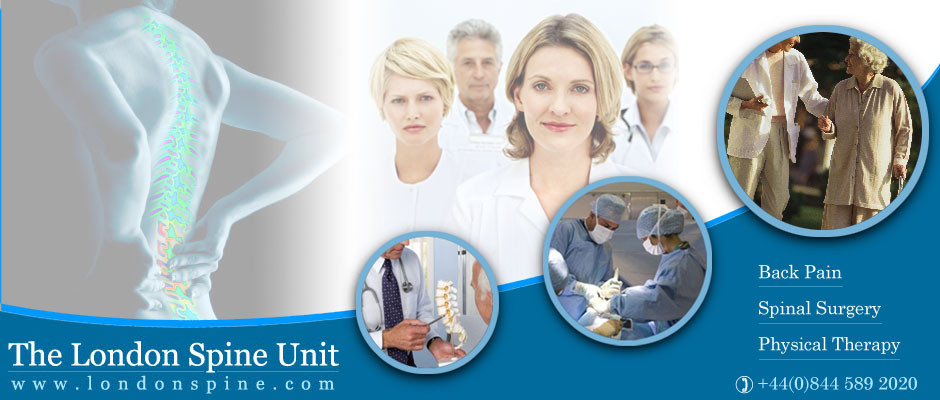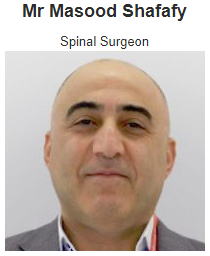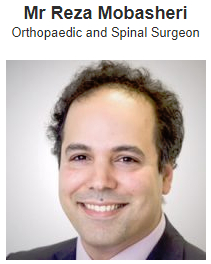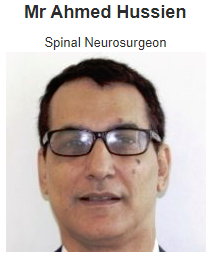Low back pain is localised in the lumbar region, which is often accompanied by pain referred to other nearby areas.
There are multiple processes that can cause low back pain and, in many cases, it has a multifactorial origin.
Most of the time (90%) responds to vertebral and paravertebral causes, being difficult to identify with accuracy the original cause. 10% of them become chronic and can cause significant personal, family, work and economic repercussions.
In 80% of the cases the findings are nonspecific and only in 20% of the cases the etiological cause can be determined; of these between 3 and 5% present a serious underlying pathology.
The following list describes the causes of back pain:
Mechanical lumbago
- Structural alterations:
- • Discal
- Not referred pain
Sciatica
- • Channel stenosis
- • Spondylolysis and spondylolisthesis
- • Scoliosis
- • Cauda equina syndrome
- Functional and postural overload
Non-mechanical low back pain
Inflammatory:
- • Spondyloarthropathies
Infectious:
- • Bacteria
- • Mycobacteria
- • Fungus
- • Spirochetes
- • Parasites
Tumors:
- • Benign bone tumors
- • Malignant bone tumors
- • Spinal metastasis
- • Intra-rachidian tumors
Other causes:
- • Endocrine and metabolic diseases
- • Hematological diseases
- • Miscellaneous:
- Paget's disease
- Vertebral sarcoidosis
- Charcot disease
- Hereditary diseases
However, there are some considerations to keep in mind:
1) In most patients with low back pain there is no structural alteration that the justify it.
2) Most are self-limited in time and of benign course.
3) Diagnostic scans sometimes produce little benefit, the description of the pain reported by the patient and its location is sometimes more valuable for the diagnosis.
The London Spine Unit will be able to investigate the cause of your back pain and provide the best solutions.



















